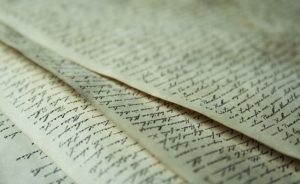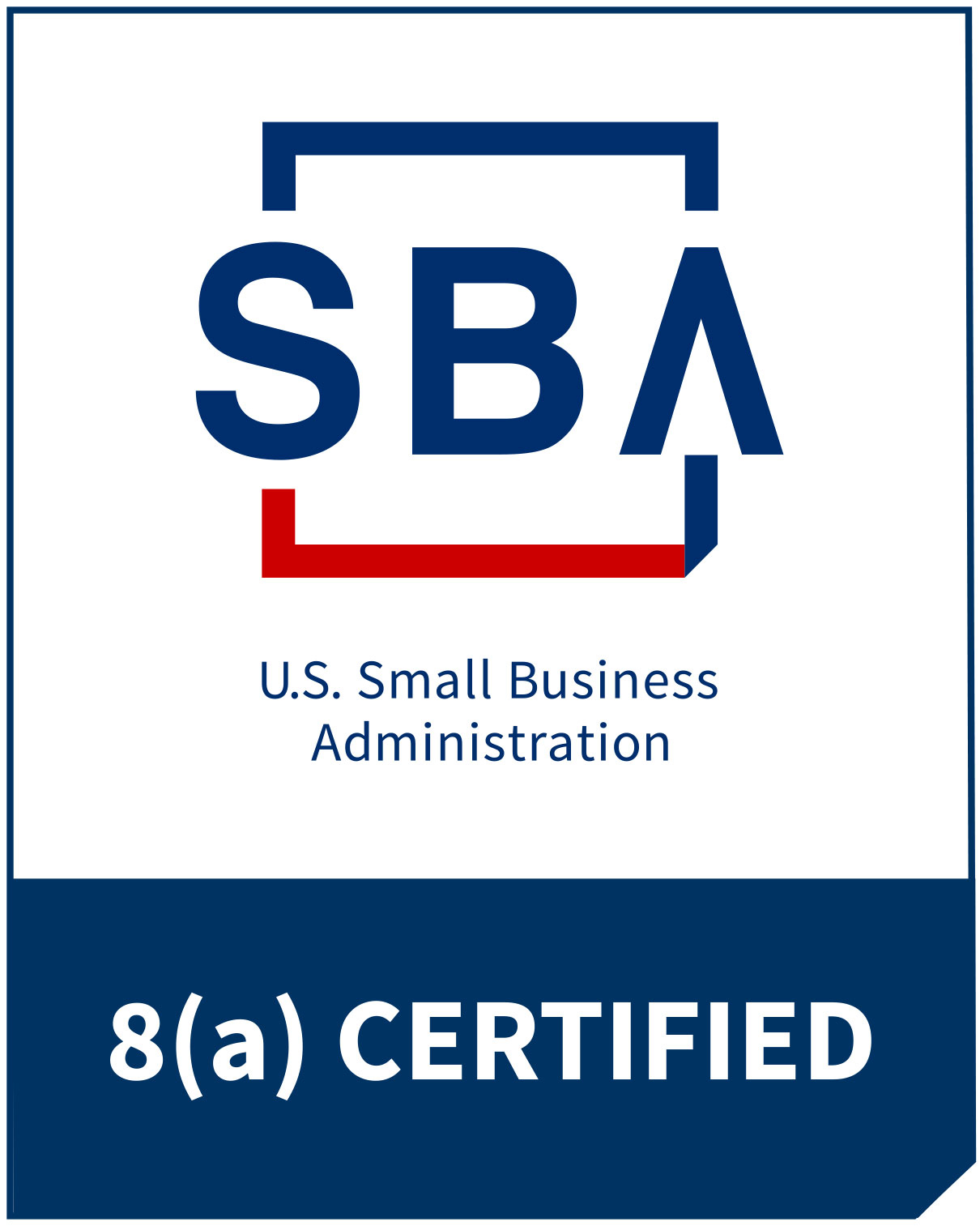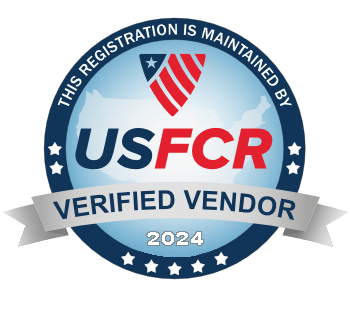Introduction
Patents are given out for new machines, processes, and products. They grant the inventor an exclusive control over his invention and extend the right to prevent others from procreating, using, or selling those inventions. Patent drawings include a detailed description and drawing of an invention that often goes neglected.
Patent Drawing Basics
Patent drawings are usually detailed visual representations of patented items that complement their written description. Drawings are in black and white, but plant patent drawings come in colours. They are necessary to understand an invention as they provide complementary details to the descriptions in word. Illustrations, graphs, and charts can also be included.

There are three types of patents: utility patents, design patents, and plant patents. Each type of patent has different patent drawing requirements.
Utility Patents
Utility patents pertain to a new product, machine, or even a process. They have to fully depict the crucial parts of the invention. They can consist of both the inner and outer workings. The more complicated a piece of invention gets, the more detailed the drawings should be. They need to illustrate the claimed aspects of the invention, use consistent labeling, and only include elements of details that are necessary to the main features. The details should be minimalistic as much of it can be distracting.
Design Patents
The ornamental characteristics present in a manufactured item decide whether a design patent should be awarded to it or not. Unlike utility patent drawings, design patent drawings serve the purpose to represent the looks of an item, not how it functions. There is a utility and design patent on the iPhone. Both its inner workings and its design are patented. In an aesthetic sense, the latter captures every possible view of the item. Again, solid and dashed lines are also important because they denote what part of the drawing is patented. While solid lines indicate the drawing’s patented areas or elements, dashed lines indicate areas that are only for context.
These are primarily to design patents, as they do not support the patent; they are the patent.
Plant Patents
Individuals who have invented and asexually reproduced a new plant variety are awarded the plant patent. These are similar to design patent drawings, as they have to illustrate all identifying features of the plant. If color is a distinguishing characteristic of the new variety, plant patent drawings must be in colour.

Patent Drawing Requirements
There are specific formatting guidelines to an image that must be kept in sight. These include:
- Drawings should be on their own pages or sheets; they should not be included in any other section.
- They should not contain text except for a single word or words when absolutely necessary.
- Drawings must be made in uniformly thick, black lines. Color drawings are not allowed for most patent types, but plant patent drawings can be in color only if it is necessary for the identification of the plant.
- The drawings must be grouped to eliminate wasted space.
- The sheet size must not exceed 26.2 cm x 17.0 cm.
- All sheets must be numbered in the center of either the top or the bottom of each sheet.
- Pictures are not allowed in place of drawings. The only exception is when it is impossible to present the invention in a drawing. Crystalline structures are an example of this exception.
Patent Drafting
The patent drafting process means the art of writing a patent application- how they work. Proper patent drafting is significant because a draft written badly will be declined, and an unclear draft will make the patent impossible to enforce.

Like other types of writing, patent drafting has specific requirements—all patent drafts must include a title, summary, description, drawings, and at least one claim. Each type of patent has additional unique requirements.
Utility Patents
Utility patent drafts must include:
- Application data sheet
- Specification
- Title
- Cross-reference to related applications
- Statement of federally sponsored research or development
- Reference to a sequence listing, a large table, or a computer program listing appendix on read-only optical disc (if applicable)
- Background
- Summary
- Drawings and description of drawings
- Detailed description
- Claim or claims
- Abstract
- Oath or declaration
Design Patents
Design patent drafts must include:
- Application data sheet
- Preamble
- Title
- Statement of federally sponsored research or development
- Figure descriptions
- Feature descriptions
- A single claim
- Drawings or photographs
- Oath or declaration
Plant Patents
Plant patent drafts must include:
- Title
- Statement of federally sponsored research or development
- The Latin name of the claimed plant’s genus and species
- Variety denomination
- Background
- Summary
- Drawings and description of drawings
- Detailed description
- Claim or claims
- Abstract

Who Creates Patent Drawings?
Anybody can create them, but the professionals are termed as patent illustrators. Patent illustrators can make ones that are clear and accurate for every type of patent. Since all patent applications require drawings, it is better and easier to hire a patent illustrator rather than doing it yourself. As of 2024, the average national wage for US-based patent illustrators is $73 an hour.
Have Questions About Patent Illustrators? Wondering How You Can Hire One?
Blue Ocean Global Technology can connect you with patent illustrators and help you learn about their services. The different patent types have different requirements, so picking the right illustrator is important.
Conclusion
Patent drawings serve an integral role in part of patents and patent applications. As words alone are not enough to fully depict an invention, drawings are complementary and functional. The drawings have specific requirements that help distinguish patents from each other. Each type of patent also has a different drafting process.
Frequently Asked Questions
1. Where do I get more information or consulting on my patent drawing requirements?
There are many materials available on the topic online but you should always rely on trustworthy sources. Here is detailed information on patent laws by the US Patent and Trademark Office website.
2. Why do design patent drawings have to be so comprehensive?
They are elaborate in nature because design patents are all about aesthetics. The goal of patent design drawings is to create the most accurate representation of the patented product.
3. How can I create my own patent? Is it necessary to hire someone to make it for me?
If you feel confident that you can draft the patent and meet all of the requirements, you may do it yourself. However, if you are unsure or want to be certain, it is advisable to seek the services of a professional.
Create Your Own Patent Drawings
Schedule a call with us to learn more about how you can create patent drawings. We’ll help you understand the basics and answer any questions you have about the process.












